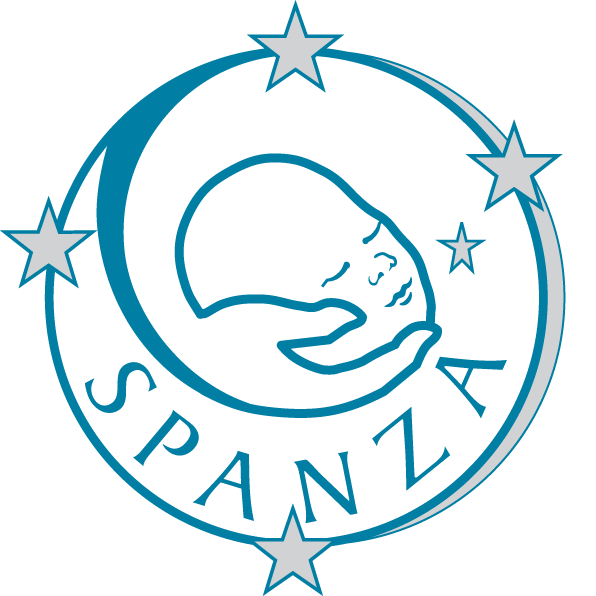Electroencephalography and Anesthetic Depth in Children Under 2 Years of Age
A Prospective Observational Study
Pediatric Anesthesia
Submitted July 2025 by Dr Grace Andrews
Read by 496 Journal Watch subscribers
Overview:
This single-centre prospective observational study aimed to compare EEG spectral parameters during periods of false positive elevations in processed EEG indices to elevations in these indices during emergence. They studied 50 ASA 1-2 children aged 4-23 months who were planned to have general anaesthesia with sevoflurane maintenance. All patients had simultaneous recordings from both paediatric BIS and SEDLINE sensors. The raw EEG data as well as the processed indices (BIS and PSi) were extracted and analysed.
Definitions:
Maintenance: 0.7-1.3 MAC with heart rate and MAP within 20% of baseline pre-op values
Emergence: MAC 0.7 to 0.2
False positives: BIS values > 60 or PSi > 50 for greater than one minute during maintenance
Results:
During normal maintenance in the study, the average BIS was 56 and PSi was 45 (close in range to the defined values for elevated indices).
70% of children in the study had at least one false positive. The patients who did not have any false positives, on average had a shorter duration of anaesthesia (70 vs 125 min).
EMG, signal quality and artifacts remained consistent during false positives and normal maintenance on both sensors.
The study found that there was a difference in the spectral distribution of raw EEG during false positives compared to emergence. During emergence there was a significant decrease in normalised power of delta and theta waves, and higher power of beta waves. When the BIS or PSi was elevated during maintenance, there was an elevation in the spectral edge frequency compared to normal periods, but much higher power of delta waves than during emergence – suggesting a false positive. In other words, true emergence had a markedly different EEG power spectra compared to the false positives.
The elevation in the processed EEG indices was also statistically significantly higher during true emergence than during false positives (BIS 70 vs 65 and PSi 60 vs 53).
Take home messages:
- Elevations in processed EEG indices during maintenance phase are common in children aged 4-23 months
- Due to the age of the patients, it’s impossible to definitively determine if these “false positive” elevations are associated with periods of awareness
- We can be reassured that when HR and NIBP are close to baseline and MAC is >0.7 that slight rises in processed EEG indices are likely due to a false positive rather than emergence or awareness because the raw EEG more closely represents the spectral parameters of an anaesthetised patient than the pattern during emergence
- This may help with assessing depth of anaesthesia when there is an unexpectedly high EEG index compared to other clinical signs
- Since the pattern of normalised delta and theta power was different between false positives and true arousal states in this study, incorporating this into the algorithm for BIS or SEDLINE for this age group may help improve the accuracy of anaesthetic depth assessment
- A limitation of the study is that EEG indices are calculated on a delay, so capturing the raw EEG simultaneously to the raised index could be affected by a time lag
- Although it is appropriate to look at this data in patients having volatile anaesthesia due to the ability to measure MAC, it would be useful to assess the same EEG parameters during TIVA anaesthesia where BIS or PSi is often used to titrate depth during maintenance



